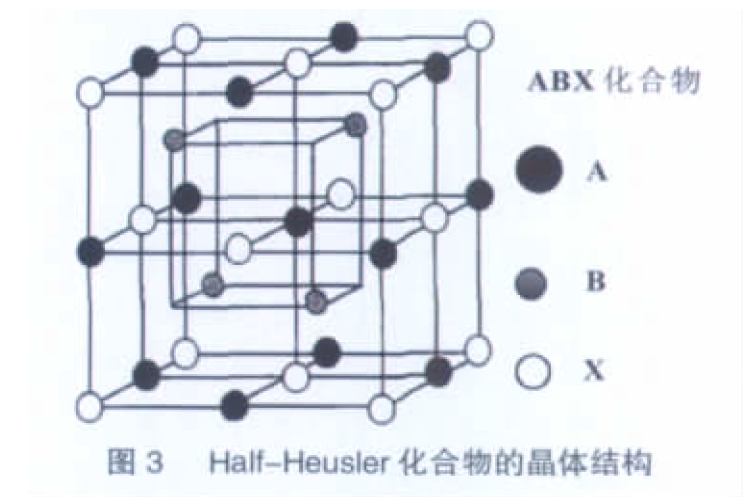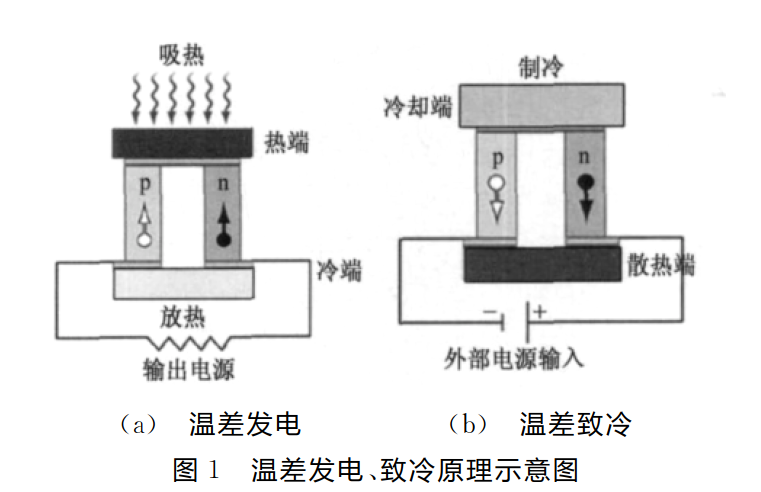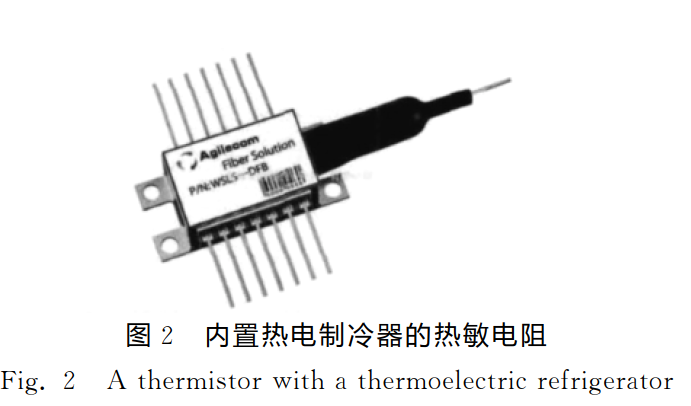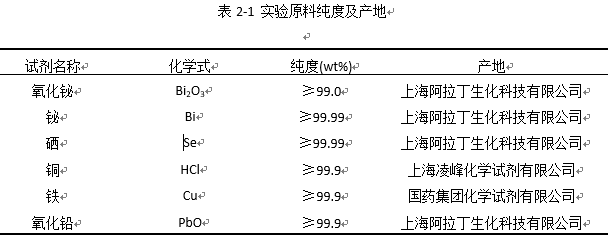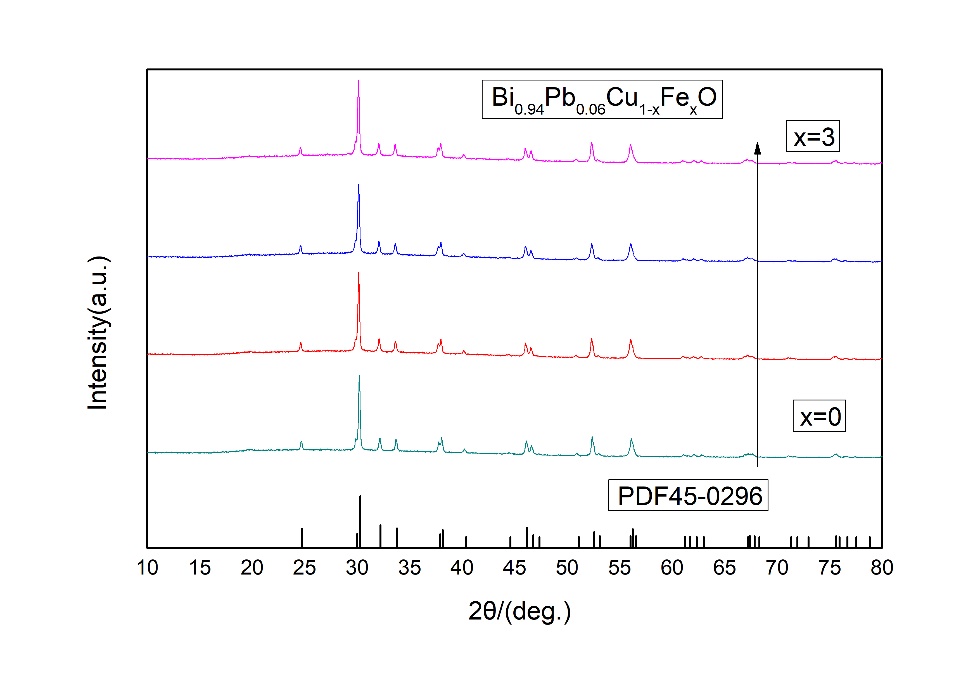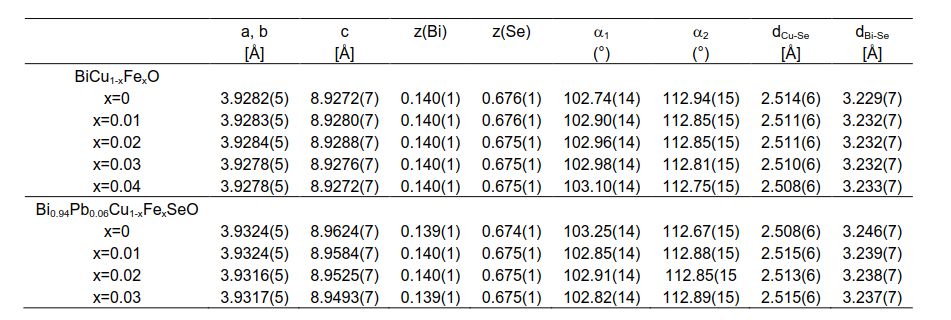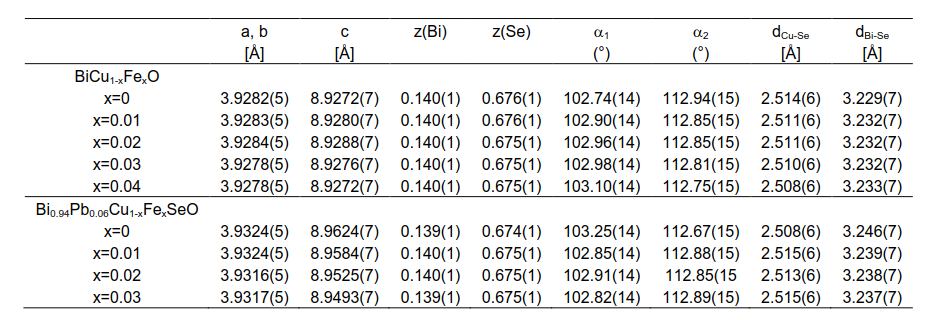n型复合BiCuSeO的热电性能毕业论文
2020-07-05 17:25:07
摘 要
热电材料具备将废余热量直接转变为电能的能力而受到广泛的关注。其中,具备优异热电性能的BiCuSeO基硒氧化物逐渐成为这个领域的研究热点。BiCuSeO的晶体结构由(Bi2O2)2层和导电的(Cu2Se2)2-层交替堆叠而成,其中(Bi2O2)2 是绝缘的氧化物层,具备电荷存储功能,(Cu2Se2)2-层是导电的硒化物层,能够作为载流子的传输通道。此外,由于具有类似天然超晶格的结构特点对声子的散射作用较强,从而使其拥有较低的本征热导率。
在本文中,研究了Fe元素的不同掺杂含量对BiCuSeO基硒氧化物热电传输特性的影响。在具有突出热电性能的P型Bi0.94Pb0.06CuSeO化合物中,按照化学计量比掺入少量Fe元素置换Cu元素,提高了材料空穴迁移率并且获得了较高的空穴浓度,使得BiCuSeO基材料的赛贝克系数和电导率协同提升,从而显著得提高了功率因子至0.9mWm-1K-2。并且该材料在整个温度范围内都保持了较低的导热系数,使之在873K下达到约1.5的高热电优值并且在310K和873K之间具有约1的平均热电优值,从而使得BiCuSeO基材料具备更广阔的应用前景。
关键词: BiCuSeO,热优值,热电材料,迁移率
Enhanced thermoelectric performance of p-type BiCuSeO by controlled Fe Pb incorporation
Abstract
Thermoelectric materials can directly convert waste heat into electrical energy and receive extensive attention. Due to its excellent thermal and chemical stability at high temperatures, low cost, and non-toxicity, oxide thermoelectric materials have potential applications. Among them, BiCuSeO-based selenium oxides with unique crystal structures have become the current research hotspot. The BiCuSeO lattice is composed of alternating (Bi2O2)2 oxide layers and conductive (Cu2Se2)2-selenide layers alternately arranged along the c-axis of the tetragonal crystal. The (Bi2O2)2 layer containing the ionic bond serves as the charge storage. The (Cu2Se2)2-layer with a covalent bond provides a conductive channel for carrier transport.
In this paper, BiCuSeO-based selenium oxides were synthesized by the conventional solid-phase reaction and plasma discharge sintering. The effects of different doping ratios or substitution methods on the thermoelectric transmission properties of BiCuSeO-based selenium oxides were investigated, and P-type BiCuSeOs were realized. The selenium oxide thermoelectric properties have been significantly improved. In the P-type Bi0.94Pb0.06CuSeO compound with outstanding thermoelectric properties, a small amount of Fe element was replaced by a stoichiometric ratio to replace the Cu element, the hole mobility of the material was improved, and a higher hole concentration was obtained, resulting in a BiCuSeO group. The material's Seebeck coefficient and conductivity are greatly increased, which significantly increases the power factor to 0.9mWm-1K-2. And after measurement, the material maintains a low thermal conductivity over the entire temperature range, giving it a peak thermal value of about 1.5 at 873K and an average thermal value of about 1 between 310K and 873K. The BiCuSeO-based material has a broader application prospect.
Key Words: BiCuSeO; n-type thermoelectric; carrier mobility; power fact
目 录
摘要…………………………………………………………………………………I
ABSTRACT………………………………………………………………………II
第一章 绪论 1
1.1背景 1
1.2材料的热电效应 2
1.2.1 赛贝克效应 2
1.2.2 帕尔贴效应 3
1.2.3 汤姆逊效应 3
1.3热电发电的工作原理 3
1.4提高热电性能的途径 4
1.4 .1 降低维数 4
1.4.2 填充式导电聚合物复合材料 4
1.4.3 研究超晶格材料 5
1.热电材料研究进展 5
1.5.1 Suktteridite 热电材料 5
1.5.2 Clathrates热电材料 6
1.5.3 Half-Heusler热电材料 7
1.5.4 准晶材料 7
1.6热电材料的应用 8
1.6.1温差发电 8
1.6.2温差电致冷 9
1.7 BiCuSeO基硒氧化物 9
第二章 实验方法与过程 11
2.1 实验原料、仪器 11
2.1.1原料 11
2.1.2仪器 11
2.2 实验方法及步骤 11
第三章 实验数据和分析 13
3.1样品的结构及表征 13
3.1.1 X射线衍射 13
3.1.2 EDX及扫描电镜 14
3.2 Fe Pb共掺杂对BiCuSeO化合物性能的影响 15
第四章 结论 19
致谢 20
参考文献 21
绪论
1.1背景
目前,世界各国的能源结构都以化石能源为主,而以化石能源为主则不得不面对随着时间推移越来越严峻的问题。首先,化石能源是不取之不尽用之不竭的,没使用一升石油,世界上就少一升石油,每使用一公斤煤炭,世界就少一公斤煤炭,随着化石能源的供应问题逐渐紧迫,能源问题更加突出,许多社会人士都展现出忧虑的情绪。第二,使用化学能源不得不面对环境污染的问题,化石能源的大量使用,排出大量对人体和环境有害的气体,经过长达两百年的积蓄,自然已经不堪重负,并且温室气体的排放也越发成为一个困扰全人类的问题。因此,如何寻找可替代的新能源,更加充分利用现有能源,已经刻不容缓。根据估算,能源的使用效率非常低。超过55%的能量以热能的方式被排放出来,也就是所说的废热。所以如何利用废热,如何更加充分使用能源,减少化石能源所占比例,对社会发展、环境以及人类都有巨大的意义。一般废热较难被利用,因为其热源不集中,热量低,温度不稳定等因素。但是,我们要了解到,太阳对地球辐射的热量是个天文数字,远远高于全球的能源能耗。就算只利用1%,就能满足现阶段几十年的能量需求[1] 。目前太阳能的利用还局限于太阳能板,但是由于成本过高,生产复杂,占用面积大,难以大规模运用。而热电发电技术能够完美解决上述困难,它以温差为输入,利用温度梯度形成电压,具有突出的优点:1)机械,不会产生运行故障;2)无需手动启动关闭,有温差即可发电;3)占用的面积和空间小;4)不受规模限制。因此热电发电技术拥有巨大的应用前景。
最早热点发电技术出现在太空探索领域,为探测器提供电能。利用同位素衰变放热原理作为其热源,在通过热点材料极其附属模块将热能转化为电能,因此旧称原子能电池[2] 。在零六年我国也成功研制出一款同位素衰放热原理为热源进行发电的热电发电装置,但是技术较国外先进水平有较大差距差距,其输出功率却远远不及多年之前美国发射的好奇号上所使用的热电发电装置。
相关图片展示:
